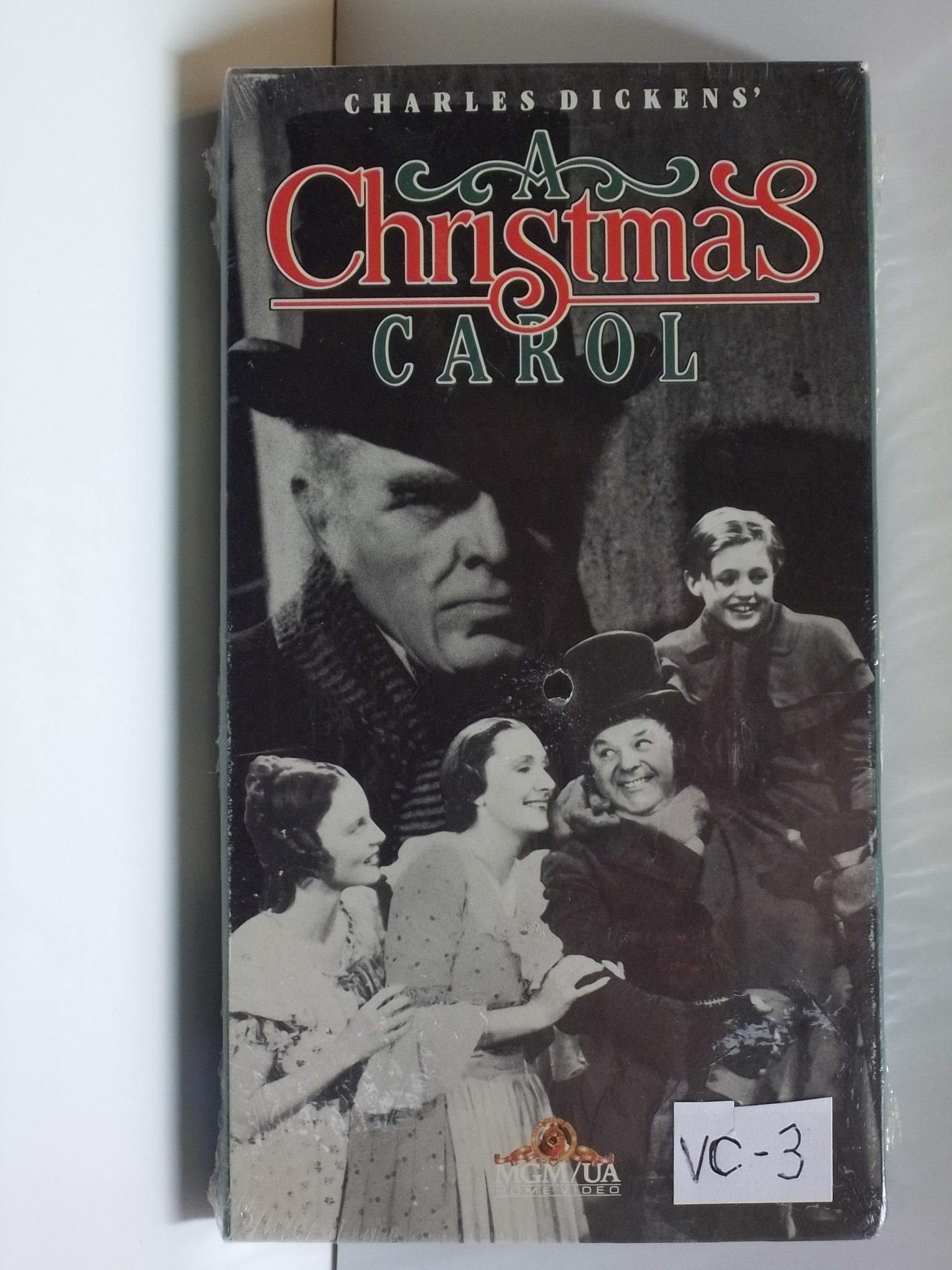Imagine a world plunged into the depths of economic despair, where the specter of poverty and unemployment casts a long shadow over every holiday gathering. That was the reality of 1938, and amidst the darkness, a familiar tale of redemption and hope emerged – “A Christmas Carol.” But this wasn’t the Dickens classic we know today; it was a radio adaptation, a chillingly poignant broadcast that resonated deeply with the anxieties and aspirations of a nation struggling to find its footing.

Image: animalia-life.club
The 1938 radio adaptation of “A Christmas Carol” wasn’t just a simple retelling; it was a reinterpretation, a modern-day tapestry woven with the threads of a shared American experience. The Great Depression cast a long, looming shadow over the nation, and the show’s creators, recognizing this, decided to infuse the story with elements that resonated with the public’s collective fears and yearnings. This wasn’t just a Victorian ghost story; it was a reflection of a nation wrestling with economic turmoil and societal transformation.
A Nation in the Grip of Despair: The Context of the Adaptation
The year 1938 was a pivotal moment in American history. The Great Depression was still in full swing, and its grip on the nation’s psyche was undeniable. Millions of Americans were unemployed, struggling to make ends meet, and fearing for their future. The sense of uncertainty and despair permeated every aspect of life, including the holiday season.
Christmas, traditionally a time of celebration and joy, had lost much of its luster. For many Americans, the holiday was a painful reminder of their financial struggles and the bleak realities they faced. The festive spirit seemed lost amidst the widespread poverty and social unrest.
A Story of Hope for a Troubled Time
It was against this backdrop that the 1938 adaptation of “A Christmas Carol” arrived, offering a glimmer of hope in a time of darkness. The story of Ebenezer Scrooge, a miser transformed by the spirits of Christmas past, present, and future, resonated on a profound level with listeners. The message of redemption, empathy, and the transformative power of kindness seemed to speak directly to the anxieties and aspirations of a nation struggling to find its way.
The radio adaptation, produced by the prestigious “Mercury Theatre on the Air,” brought these themes to life with unparalleled intensity. The show relied heavily on sound effects and skilled voice acting to create a captivating and immersive experience for the listeners. The story was presented with clarity and passion, drawing the audience into the narrative world and leaving them to ponder its profound message.
Beyond the Broadcast: The Legacy of the 1938 Adaptation
The 1938 adaptation of “A Christmas Carol” transcended the limitations of a single broadcast. The show’s enduring popularity has ensured its place in the annals of radio history. Its legacy is reflected in the countless rebroadcastings and adaptations that have followed, each adding a new layer of interpretation to the timeless tale.
This adaptation, however, stands out as a unique artifact of its time, reflecting the anxieties and aspirations of a nation confronting economic hardship. The show’s message of hope and redemption, delivered through the evocative power of radio, provided solace and inspiration to a nation struggling to overcome the darkness.

Image: prestonsuseditems.com
The Power of Storytelling: A Timeless Legacy
The 1938 radio adaptation of “A Christmas Carol” is more than just a historical anomaly; it’s a testament to the enduring power of storytelling. The show’s ability to transcend the boundaries of time and connect with diverse audiences is a legacy built on the timeless themes of compassion, forgiveness, and the promise of redemption.
In an era defined by economic uncertainty and social upheaval, the broadcast offered a powerful reminder of the importance of human connection and the transformative power of empathy. The story’s message echoed deeply, inspiring listeners to embrace kindness and generosity in their own lives, contributing to a culture of empathy that resonated long after the broadcast ended.
Revisiting the Past: The Enduring Relevance
Today, as we navigate our own challenges and uncertainties, the 1938 adaptation of “A Christmas Carol” serves as a poignant reminder of the past and its lessons. It invites reflection on the power of storytelling to connect with our shared humanity and inspire hope during times of hardship.
The show reminds us that even in the darkest of times, the human spirit can find solace and inspiration in stories that embody the timeless virtues of empathy, kindness, and the indomitable spirit of hope.
The Unforgettable Broadcast: A Timeless Tale for the Ages
The 1938 radio adaptation of “A Christmas Carol” remains an unforgettable chapter in the history of radio and popular culture. The show’s legacy extends far beyond its initial broadcast, resonating across generations and influencing countless interpretations of Dickens’s classic tale. The show serves as a potent reminder of the power of storytelling to transcend time and connect with our shared humanity, offering a beacon of hope in times of darkness.
1938 Version Of A Christmas Carol
Conclusion: A Christmas Carol for the Ages
The 1938 radio adaptation of “A Christmas Carol” stands as a testament to the transformative power of storytelling. It’s a story that transcends the boundaries of time, offering a poignant reminder of the importance of compassion, generosity, and the enduring human spirit. As we navigate our own challenges and uncertainties, the timeless themes woven into this adaptation continue to offer comfort, inspiration, and a renewed sense of hope for the future. So, this Christmas, consider tuning in to the echo of this historic broadcast and allow yourself to be transported back to a time when the shared anxieties of a nation found solace in the simple yet powerful message of “A Christmas Carol.”





